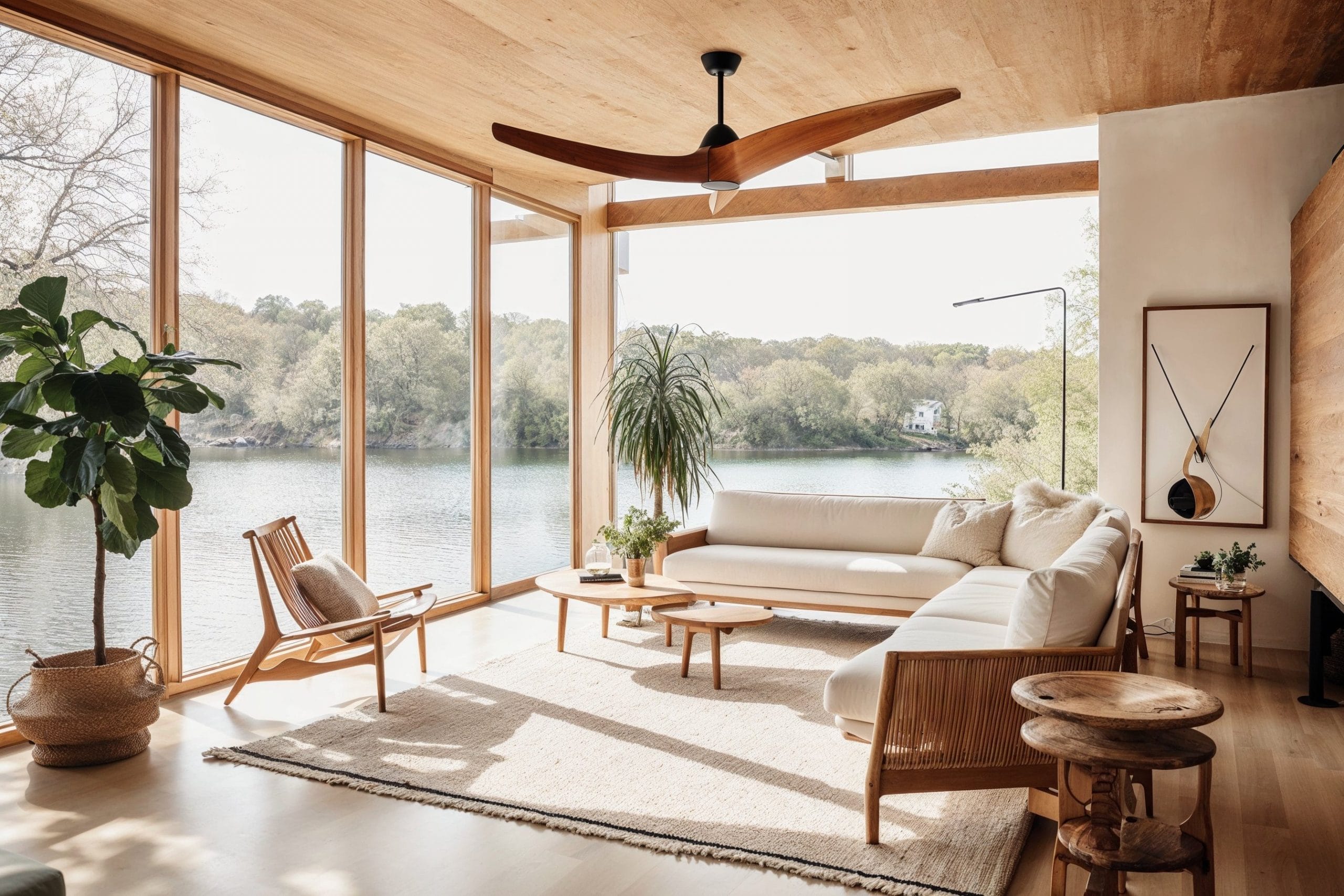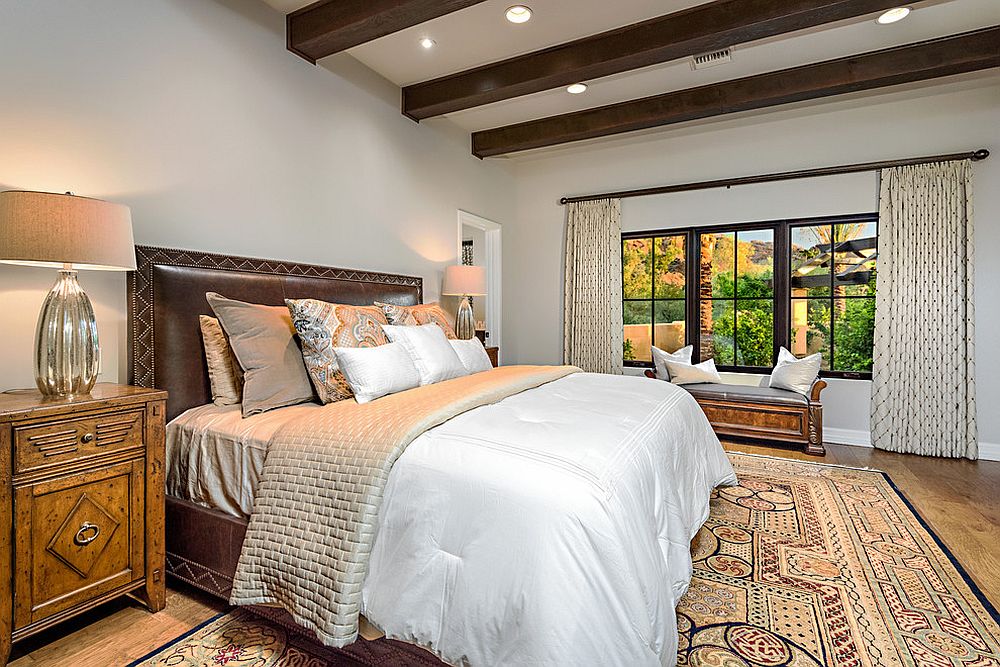As winter approaches, the drop in temperature can make your home feel less cozy, especially when it comes to the flooring. Cold floors can be uncomfortable to walk on, and certain materials can trap the cold or lose heat easily. Choosing the right flooring for winter is crucial to keeping your home warm and energy-efficient during the colder months. Whether you’re looking to replace your flooring entirely or make temporary adjustments for the season, selecting the best flooring materials can make a huge difference in how comfortable your home feels. Below are some of the best flooring options for winter, each designed to keep your space warm, inviting, and stylish even in the chilliest months.
1. Carpet: The Cozy Classic
When it comes to warmth and comfort, carpet is often the first choice. Its plush texture naturally retains heat, making it one of the most practical flooring options for cold weather. In addition to being soft underfoot, carpet also provides insulation by trapping air and keeping warmth from escaping through the floors.
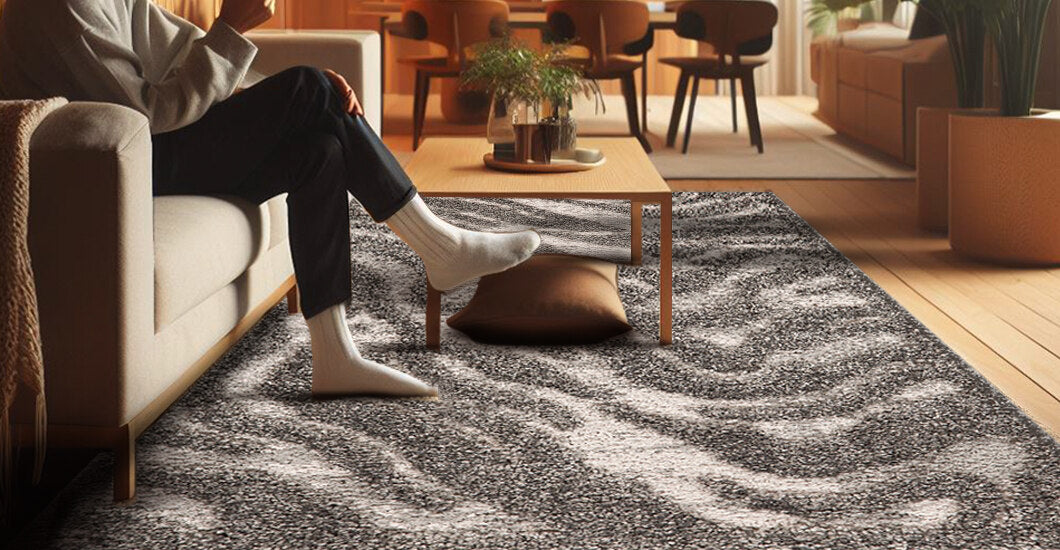
Benefits of Carpet for Winter:
- Warmth: Carpet acts as a thermal insulator, making your home feel cozier during the winter months.
- Comfort: It’s soft and cushioned, making it more comfortable to walk on than harder flooring materials.
- Soundproofing: Carpet also absorbs sound, which can be helpful in creating a quieter, more peaceful environment in the winter when you’re indoors more often.
- Variety: Carpet comes in a wide range of colors, patterns, and textures, so you can find a style that complements your interior décor.
However, carpet can be a challenge to maintain, especially in areas that see a lot of foot traffic or snow and mud during the winter. Regular vacuuming and professional cleaning are necessary to keep it looking its best. But if you’re looking for a soft, warm surface to combat the cold, carpet is hard to beat.
Read more: Do Apartments Change Carpet After Every Tenant?
2. Engineered Hardwood: Durability Meets Style
Hardwood flooring may seem like an unlikely choice for winter, but engineered hardwood is specifically designed to withstand temperature fluctuations. Unlike solid hardwood, which can expand and contract with changes in humidity and temperature, engineered hardwood is more stable due to its construction of multiple layers of wood. This makes it a great option for homes in colder climates.
Benefits of Engineered Hardwood:
- Aesthetic Appeal: Engineered hardwood offers the classic beauty of hardwood flooring but with added durability.
- Compatibility with Radiant Heating: Engineered hardwood works well with radiant heating systems, making it an excellent choice for keeping your floors warm in the winter.
- Easy Maintenance: Compared to carpet, engineered hardwood is easier to clean, especially in winter when mud, snow, and ice can be tracked indoors.
Although engineered hardwood isn’t as warm as carpet, it can be enhanced with the use of area rugs to add warmth and comfort. Additionally, combining this type of flooring with a radiant heating system can turn engineered hardwood into one of the warmest flooring options available for winter.
3. Cork: Eco-Friendly and Insulating
Cork flooring is a fantastic option for anyone looking for an eco-friendly material that’s also great for winter insulation. Cork is naturally warm to the touch, making it a comfortable flooring option in colder temperatures. Because of its cellular structure, cork traps air and acts as a natural insulator, helping to keep your home warmer and reduce energy costs.
Benefits of Cork Flooring:
- Insulation: Cork’s unique structure provides natural insulation, keeping the cold out and retaining heat within your home.
- Comfort: Soft and cushioned, cork is easy on your joints, making it ideal for spaces where you stand for extended periods, such as kitchens.
- Sound Dampening: Cork absorbs sound, creating a quieter and more serene environment during winter.
- Eco-Friendly: Cork is a renewable resource harvested from the bark of cork trees, making it a sustainable option for environmentally-conscious homeowners.
One thing to keep in mind is that cork can be prone to scratches, so it’s important to choose high-quality cork flooring with a durable finish, especially in high-traffic areas. But its warmth, comfort, and environmental benefits make it a top choice for winter flooring.
4. Luxury Vinyl Plank (LVP): Versatile and Warm
Luxury vinyl plank (LVP) flooring has become a popular choice in recent years due to its versatility, affordability, and ability to mimic the look of hardwood or stone. While LVP is not as inherently warm as cork or carpet, it can still be a good option for winter because of its compatibility with radiant heating systems. It’s also more comfortable to walk on compared to traditional tile or concrete, especially with the addition of a quality underlayment.
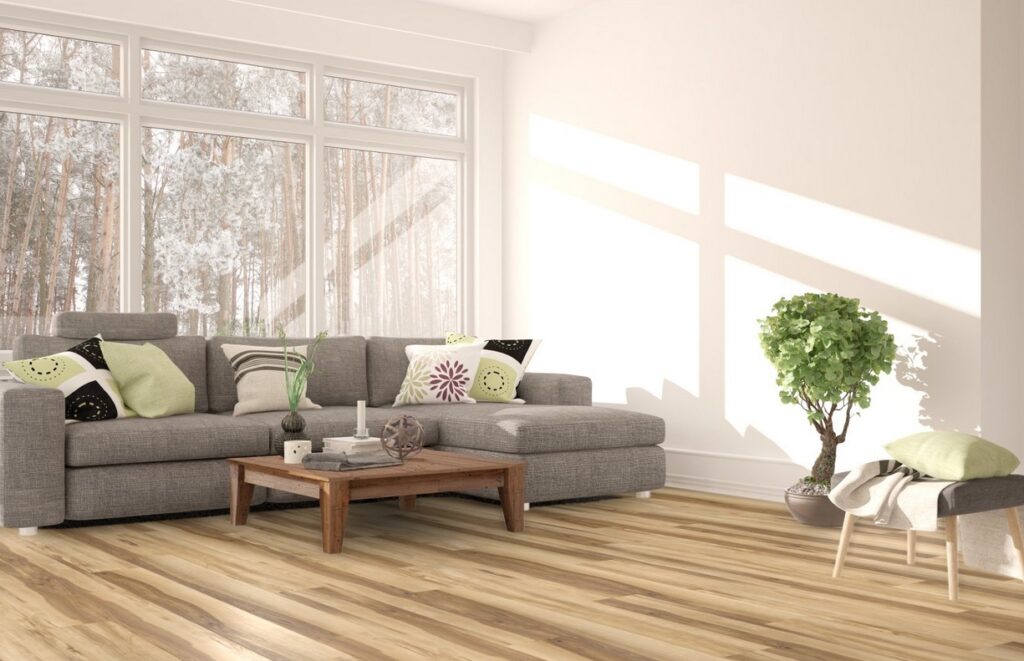
Benefits of Luxury Vinyl Plank for Winter:
- Durability: LVP is waterproof and durable, making it a great choice for winter weather conditions where snow and moisture may be tracked inside.
- Ease of Maintenance: Luxury vinyl is easy to clean, which is a major benefit in the winter when dirt and debris are often brought indoors.
- Affordable: LVP is typically less expensive than hardwood or engineered wood, making it a cost-effective option for those on a budget.
- Compatible with Radiant Heat: LVP works well with radiant heating systems, providing warmth without the risk of warping.
For added warmth and comfort during the winter, you can also layer area rugs over luxury vinyl plank flooring to create a cozier feel.
5. Radiant-Heated Tile: Modern Warmth and Style
While tile might not be the first thing that comes to mind when considering warm winter flooring, radiant-heated tile floors can be an excellent choice for homeowners looking for both durability and warmth. Radiant heating systems installed beneath tile floors provide even heat distribution and can quickly warm up cold spaces like bathrooms, kitchens, or entryways.
Benefits of Radiant-Heated Tile:
- Warmth: Radiant-heated tiles keep the floor warm, making it comfortable to walk on even during the coldest winter days.
- Durability: Tile is incredibly durable and resistant to moisture, making it ideal for areas that experience heavy winter weather.
- Low Maintenance: Tile floors are easy to clean and maintain, even in wet and snowy conditions.
- Design Versatility: Tiles come in a wide variety of styles, from classic ceramic and porcelain to more contemporary stone and wood-look options.
While tile alone can be cold to the touch, radiant heating transforms it into one of the warmest flooring options available. This is particularly useful in rooms where comfort is key, such as bathrooms, where stepping onto a warm floor after a hot shower can be a luxurious experience.
Read more: Furniture Swap: Fresh Perspectives, Fresh Spaces
6. Laminate Flooring: Affordable and Comfortable
Laminate flooring is a budget-friendly alternative to hardwood that also works well in winter. While laminate may not be as naturally insulating as cork or carpet, it offers a comfortable walking surface and is often paired with underlayment for additional insulation. Laminate floors are also easy to clean, which is a plus when dealing with winter weather.
Benefits of Laminate Flooring:
- Cost-Effective: Laminate is generally more affordable than hardwood or engineered wood, making it a great option if you’re looking for a budget-friendly flooring solution for winter.
- Easy Installation: Laminate flooring is easy to install, making it a good choice for DIY projects.
- Durability: Modern laminate flooring is highly durable and resistant to scratches and moisture, making it ideal for winter conditions.
While not as warm as carpet or cork, laminate flooring with proper underlayment can still help insulate your home and make it more comfortable in winter.
7. Bamboo Flooring: Sustainable and Stylish
Bamboo is another eco-friendly flooring option that works well in winter climates. Similar to hardwood, bamboo provides a sleek, modern aesthetic but with a sustainable twist. Bamboo is a renewable resource that grows quickly, making it a great choice for environmentally-conscious homeowners. In terms of warmth, bamboo can be installed over radiant heating systems to ensure that your floors stay cozy throughout the winter.
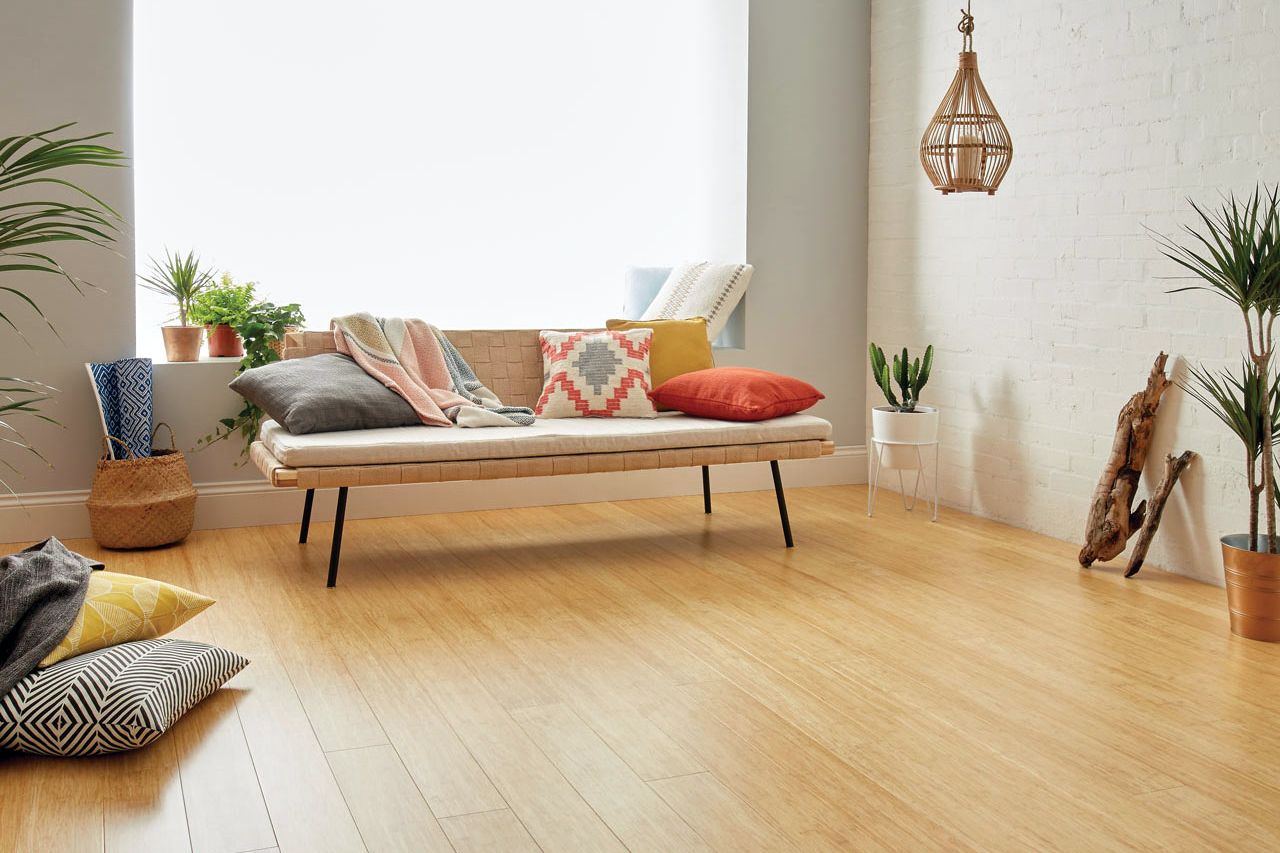
Benefits of Bamboo Flooring:
- Sustainable: Bamboo is a fast-growing, renewable resource, making it an eco-friendly flooring option.
- Durability: Bamboo is strong and durable, able to withstand heavy traffic and winter wear.
- Style: Bamboo has a unique, natural look that can complement a wide range of interior styles.
Bamboo is best used in combination with area rugs or radiant heating to keep your floors warm and comfortable in colder months.
Conclusion
When it comes to selecting flooring for winter, your priorities should be warmth, comfort, and durability. Whether you prefer the softness of carpet, the eco-friendliness of cork, or the durability of engineered hardwood, there are plenty of options to keep your home cozy during the colder months. By choosing the right materials, you can make your space more comfortable and energy-efficient, allowing you to enjoy the winter season in comfort.
Read more: Interior Design Trends To Try This Fall: Transform Your Home For The Season


